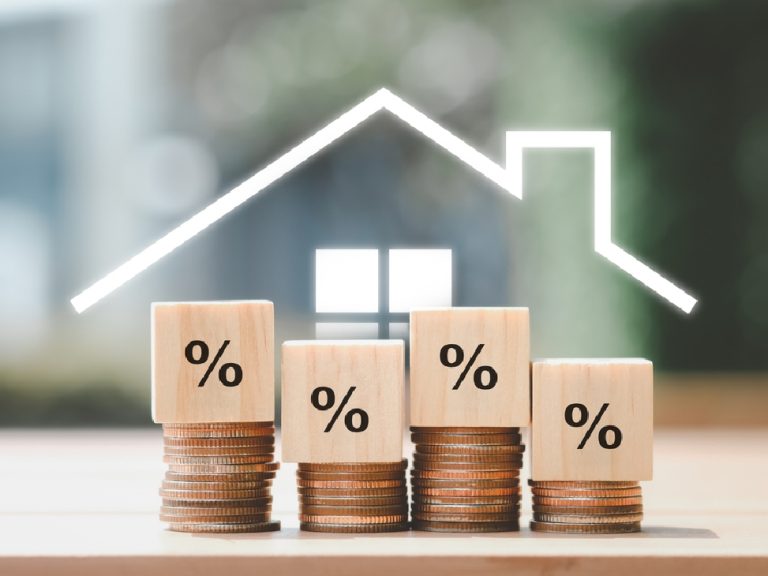Meenakshi Taheem
Last Updated on 30th October 2024

Meenakshi Taheem
Last Updated on 30th October 2024
The RBI plays a pivotal role in the country’s financial stability and economic growth. Its primary functions include regulating the supply of money and controlling inflation, while also overseeing the banking system of India. One of the most significant tools at RBI’s disposal for controlling economic parameters is the adjustment of key policy rates. This blog delves into the intricate relationship between the policies of India’s central bank, the RBI, and the fluctuating interest rates of home loans, a crucial aspect for both the real estate market and the financial health of individual borrowers.
Table of Contents
The most influential policy rates set by the RBI are the Repo Rate and the Reverse Repo Rate. The Repo Rate is the rate at which commercial banks borrow money from the RBI, while the Reverse Repo Rate is the rate at which the RBI borrows money from commercial banks. Changes in these rates can significantly affect the interest rates of home loans offered by banks.
Suggested read: Reduce Home Loan Interest Rate
Repo Rate Influence: When the RBI increases the Repo Rate, borrowing costs for banks rise. Consequently, banks often pass this increase to customers, leading to higher home loan interest rates. Conversely, a reduction in the Repo Rate can lead to lower home loan interest rates, making borrowing cheaper for home buyers.
Reverse Repo Rate Effect: A hike in the Reverse Repo Rate encourages banks to park more funds with the RBI, effectively reducing the money supply in the economy. This can lead to higher lending rates, including those for home loans. A decrease in this rate can have the opposite effect.
Cash Reserve Ratio (CRR): The percentage of a bank’s total deposits that must be kept in the RBI’s vault. A higher CRR means banks have less money to lend, which can increase home loan rates.
Statutory Liquidity Ratio (SLR): The percentage of assets that banks must maintain in safe and liquid forms. Changes in SLR can influence the liquidity in the banking system and, indirectly, home loan rates.
Liquidity Adjustment Facility (LAF): Through this, RBI aids banks in managing their day-to-day liquidity needs. The LAF’s effectiveness impacts how easily banks can lend, affecting home loan rates.
Suggested read: Fixed Interest Rate Home Loan
Global economic events, inflation trends, and financial market stability are key factors influencing RBI’s policy decisions. The central bank meticulously analyzes these aspects to ensure a balanced approach toward controlling inflation while promoting economic growth.
The RBI’s policies play a fundamental role in determining home loan interest rates in India. By influencing key policy rates and other economic tools, the RBI indirectly steers the cost of borrowing for homebuyers. Prospective homeowners and borrowers must stay informed about these changes to make better financial decisions. The dynamic nature of these policies reflects the RBI’s continuous efforts to balance economic growth with financial stability, underscoring their critical impact on the broader real estate sector and the economy at large.